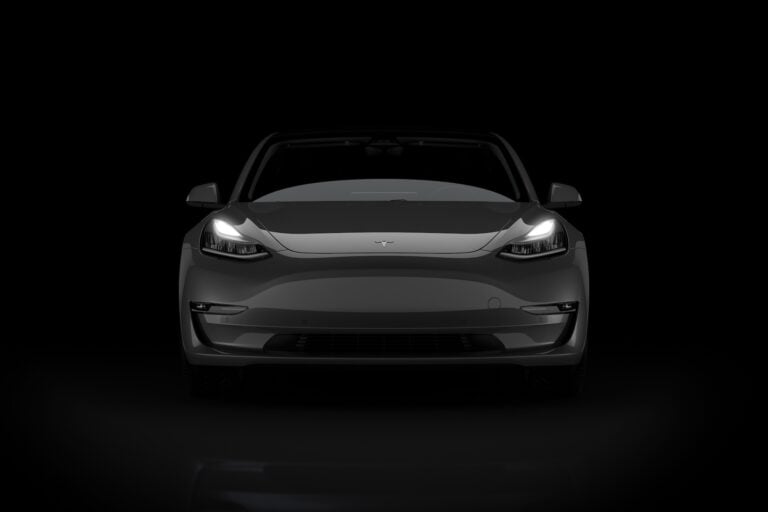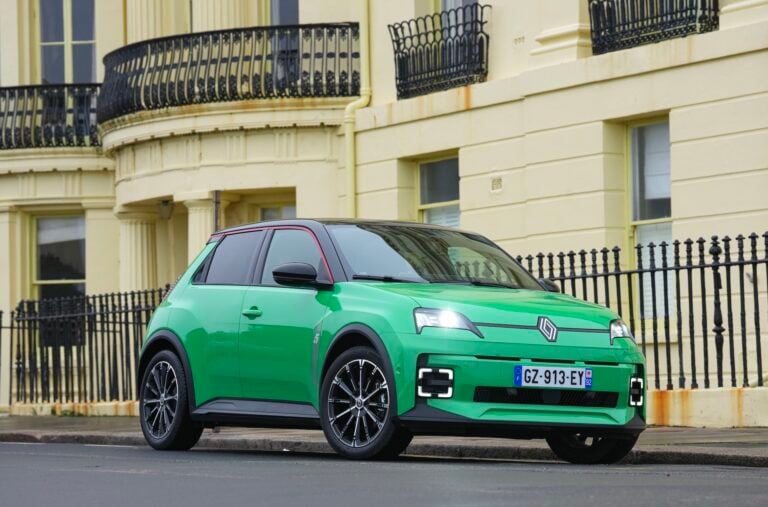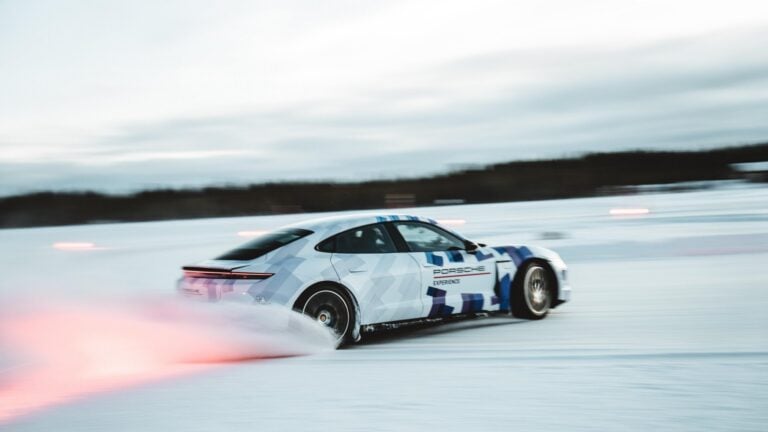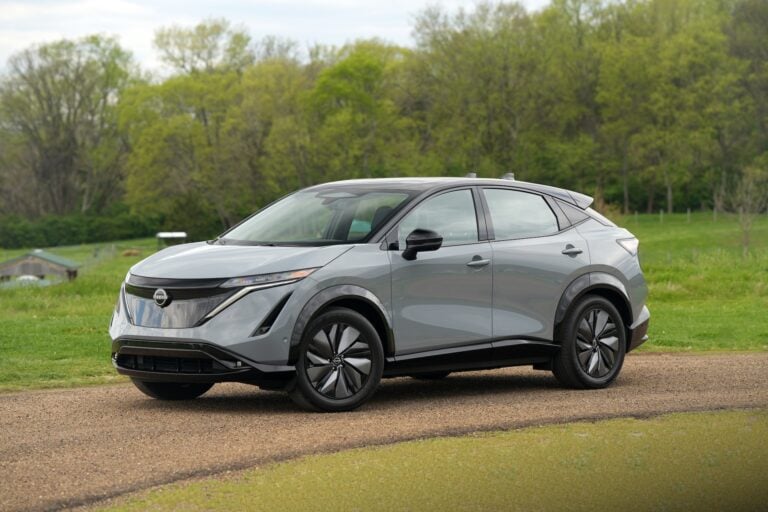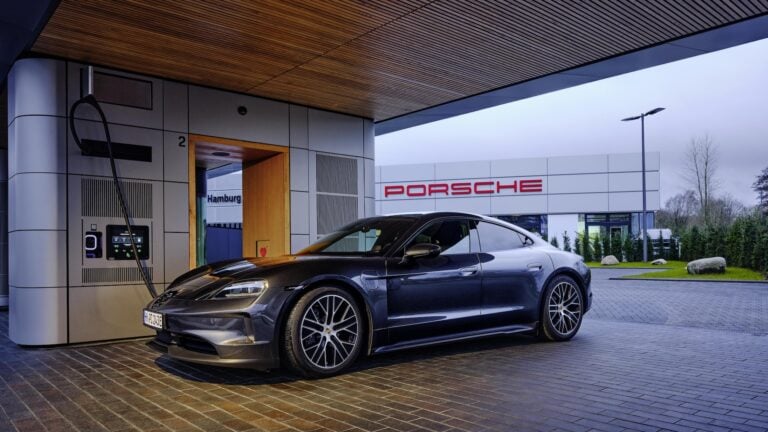The Volkswagen ID.7 establishes a new standard for electric efficiency with advanced aerodynamics and a range of up to 700 kilometers. Explore the unique features that contribute to its optimal performance.
What’s Happening
Volkswagen has unveiled the ID.7, its first electric model for the upper mid-sized class, with a range of up to 700 kilometers. The ID.7 brings together a new drive generation, sophisticated aerodynamics, and the seamless cooperation between the Design and Development departments, making it an efficiency champion.
Why It Matters
The ID.7’s advanced aerodynamics, including a low drag coefficient (Cd value) of 0.23 and a frontal area of 2.46 m², greatly contribute to its outstanding range and performance. The design of the car’s silhouette, the vehicle’s front end, and the tapering rear end showcases a greater focus on aerodynamics than in any other Volkswagen model.

Key Points
The ID.7’s aerodynamic design includes a nearly fully enclosed underbody, newly developed wheel spoilers, air curtains at the sides of the front bumper, flared side sills, small spoilers, and trim panels. All these features work together to direct air around the car with minimal turbulence, enhancing its aerodynamic properties.
The iterative development process, involving close collaboration between developers and designers, uses both computer simulations and wind tunnel tests. This combination results in optimal design solutions, like the specifically shaped wheels, aerodynamically designed mirrors, and controlled airflow at the front and back of the vehicle.
Bottom Line
The Volkswagen ID.7, with its combination of advanced drive technology and aerodynamic design, is setting a new benchmark for electric vehicle performance. The intricate design and development process, involving state-of-the-art simulation and testing techniques, have resulted in a vehicle that promises optimal efficiency and performance. With a Cd value of 0.23, the ID.7 stands as the most aerodynamically efficient model in the entire Volkswagen ID. family.



